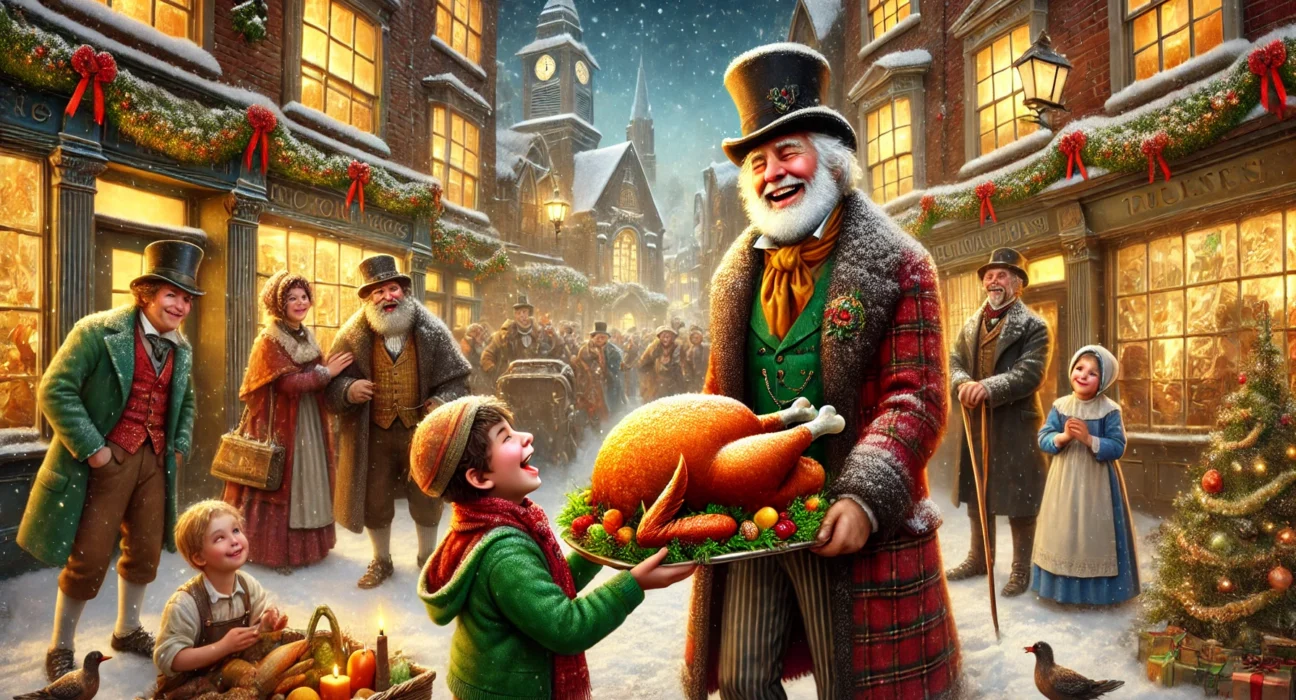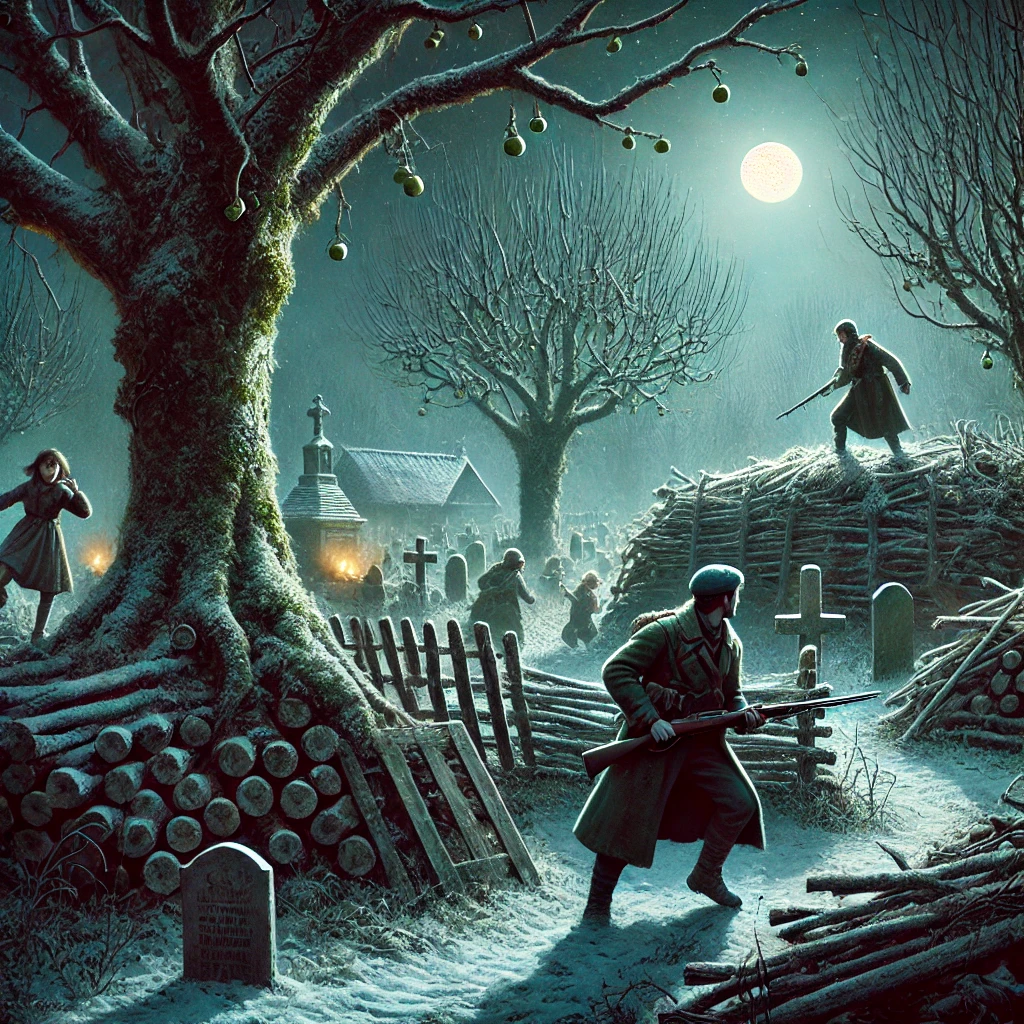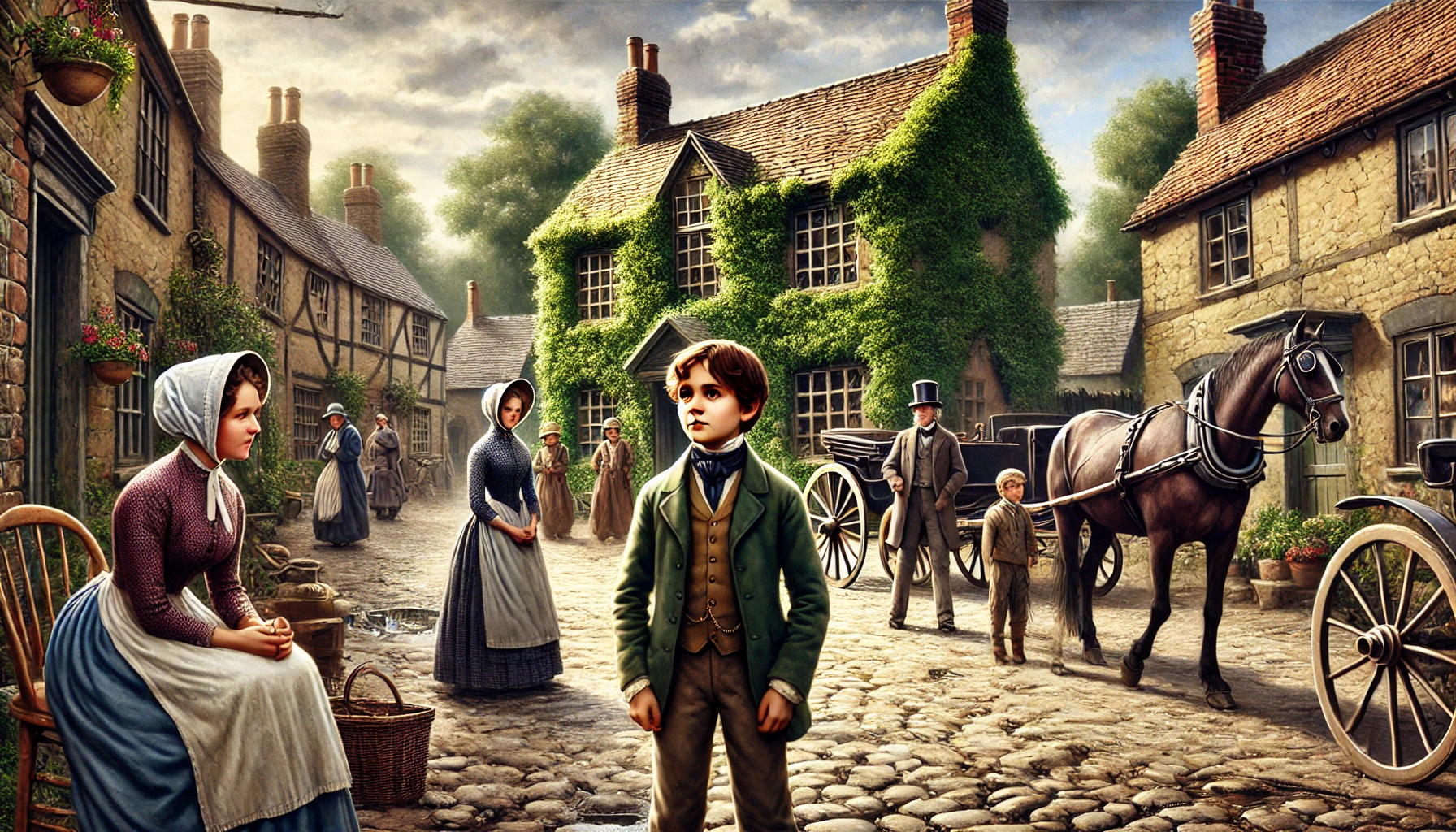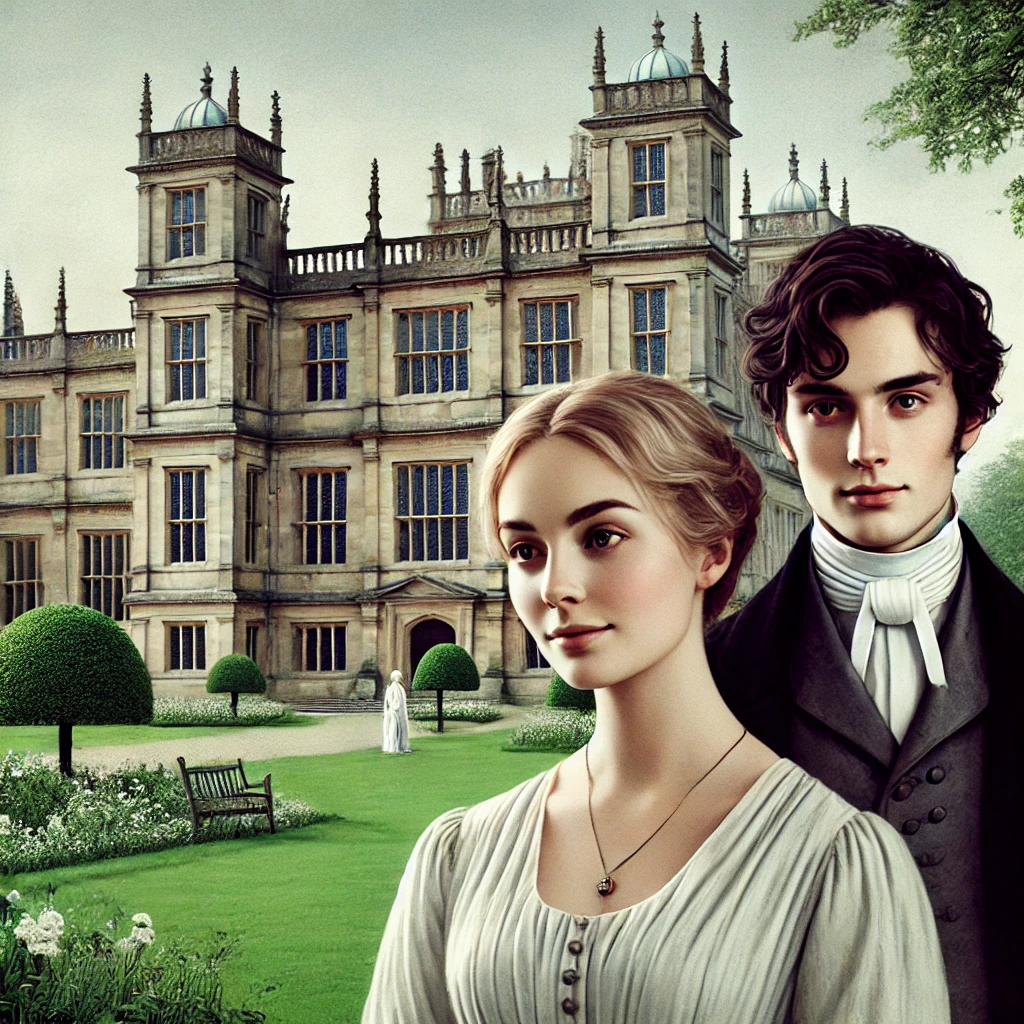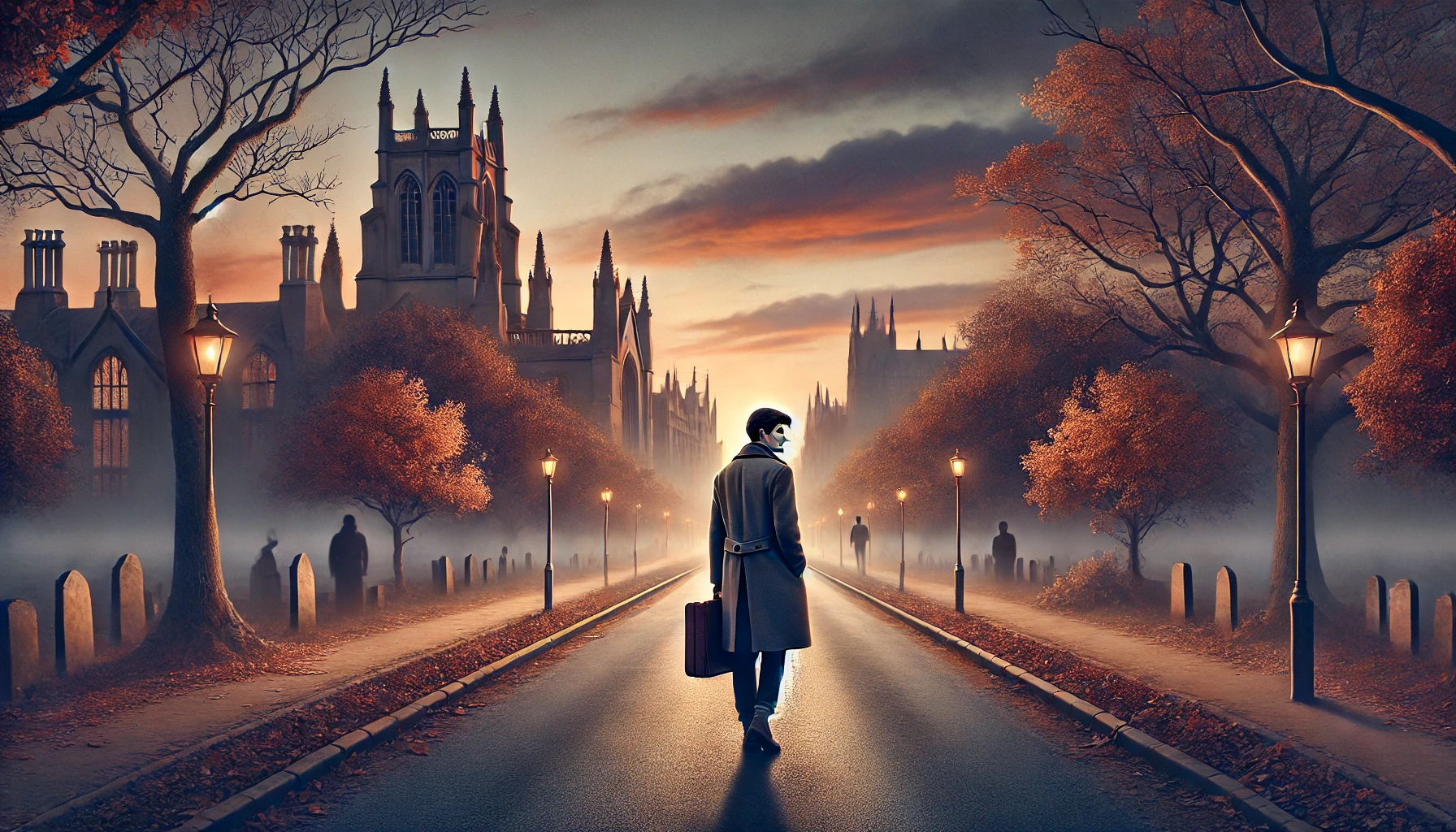A Christmas Carol is a novella written by Charles Dickens and first published in 1843. This beloved classic tells the story of Ebenezer Scrooge, a miserly and bitter old man, who is visited by the ghosts of Christmas Past, Present, and Future. Through these supernatural encounters, Scrooge undergoes a profound transformation, rediscovering the spirit of generosity, compassion, and joy associated with Christmas. The novella is a timeless exploration of redemption, social justice, and the importance of empathy.
Plot Summary
On a cold, foggy Christmas Eve, Ebenezer Scrooge sat in his dimly lit counting-house, a solitary man untouched by warmth or joy. As his clerk, Bob Cratchit, shivered by a meager fire, Scrooge’s nephew, Fred, burst in, filled with festive cheer, wishing his uncle a merry Christmas. Scrooge, a miserly and bitter man, dismissed Fred’s greeting with disdain, declaring Christmas a “humbug.” To Scrooge, the holiday was nothing more than an inconvenience, a time for the foolish to spend money they didn’t have. Fred left undeterred, while Scrooge refused two charitable men seeking donations for the poor, insisting that the destitute could go to prisons or workhouses.
As evening fell and the city bustled with Christmas preparations, Scrooge begrudgingly allowed Bob to take the next day off, though he grumbled about the unfairness of paying wages for no work. Scrooge returned to his dreary, empty home, a place as cold and unwelcoming as its owner. But as he approached his door, something strange caught his eye—his door knocker had taken the form of his long-dead business partner, Jacob Marley. Startled, yet quick to dismiss the sight, Scrooge hurried inside, locking himself in for the night. His unease grew, and soon, the silence was broken by the clinking of chains, followed by the sudden appearance of Marley’s ghost.
Pale and sorrowful, Marley was bound in heavy chains made of ledgers, locks, and moneyboxes—the very symbols of his greed in life. He had come to warn Scrooge of the same fate unless he changed his ways. Marley revealed that he had been doomed to wander the earth, tormented by the weight of his selfishness. Before vanishing, Marley foretold the arrival of three spirits who would visit Scrooge to offer him a chance at redemption.
True to Marley’s warning, as the clock struck one, Scrooge found himself face-to-face with the first of the promised spirits—the Ghost of Christmas Past. This ethereal figure, resembling both a child and an old man, gently took Scrooge back in time, showing him scenes from his own life. Together, they revisited Scrooge’s boyhood, his school days, and his early years as an apprentice. Scrooge watched his younger self transform from a hopeful, joyful youth into a man consumed by greed. He saw his lost love, Belle, who had left him when his obsession with wealth overshadowed their relationship. The vision of Belle’s later happiness with another family filled Scrooge with regret, and he begged the spirit to end the painful journey.
But his night was far from over. The Ghost of Christmas Present appeared next, a jolly giant surrounded by abundance, who invited Scrooge to observe how people celebrated Christmas in the present day. Together, they visited humble homes filled with warmth, love, and laughter—despite their poverty. One such home belonged to Bob Cratchit, where Scrooge saw the joy the family shared, despite their meager means. Bob’s youngest son, Tiny Tim, was frail and sickly, yet his optimism and gratitude moved Scrooge deeply. The ghost warned that without help, Tiny Tim’s future was grim.
The spirit then took Scrooge to other places—Fred’s home, where a Christmas party was in full swing, and the homes of strangers who shared in the festive spirit. Everywhere they went, people celebrated with warmth and kindness, a stark contrast to Scrooge’s lonely existence. As the Ghost of Christmas Present’s time drew to a close, he revealed two ragged children hiding beneath his robe—Ignorance and Want—servants of humanity’s darker nature.
As the night grew colder, the third and final spirit emerged—the Ghost of Christmas Yet to Come. This silent, hooded figure, draped in darkness, led Scrooge to a vision of the future. They wandered through the streets of a city where people spoke of a man’s death with indifference. Scrooge soon discovered that the dead man in question was none other than himself. His death, unmourned and unnoticed, was followed by the sale of his belongings to scavengers. No one cared that he was gone.
In contrast to the coldness surrounding Scrooge’s own fate, the ghost also showed him a scene at the Cratchit home, where the family grieved the loss of Tiny Tim. The sight of Bob, heartbroken but still tender and hopeful, was too much for Scrooge. Finally, the spirit led him to a neglected graveyard, where Scrooge was shown his own tombstone. Overcome with fear and remorse, Scrooge fell to his knees, begging the spirit for a chance to change his ways, to avoid this lonely and bleak future.
When Scrooge awoke, it was Christmas morning. Filled with joy and relief, he realized he had been given a second chance. He vowed to embrace the spirit of Christmas and live a life of generosity and kindness. The transformation was immediate. Scrooge began by sending a large turkey to the Cratchit family, and then he ventured out into the streets, greeting people with warmth and good cheer. He even joined Fred’s Christmas party, embracing the family he had once shunned.
From that day forward, Scrooge became known as a man of kindness and generosity. He treated Bob Cratchit like a brother and took care of Tiny Tim, ensuring that the boy would live a long and healthy life. Scrooge’s heart, once cold and hardened by greed, was now filled with love and joy. He became a living symbol of the Christmas spirit, proving that it was never too late to change.
Main Characters
Ebenezer Scrooge: The central figure of the novella, Scrooge is a wealthy but miserly businessman who cares only about money. At the start, he is cold-hearted, selfish, and dismissive of the Christmas spirit, calling it “humbug.” His journey with the three ghosts helps him realize the error of his ways, leading to his redemption.
Jacob Marley: Scrooge’s deceased business partner, Marley appears as a ghost bound in heavy chains, symbolizing the burdens of his greed in life. Marley warns Scrooge that he will share the same fate unless he changes his ways.
The Ghost of Christmas Past: A strange, child-like spirit that shows Scrooge visions of his own past, illuminating how he became the cold man he is. The spirit’s lessons remind Scrooge of lost opportunities and the joy he once knew.
The Ghost of Christmas Present: A jovial, larger-than-life figure who shows Scrooge how people around him, including his nephew and employee Bob Cratchit, celebrate Christmas. Through this ghost, Scrooge sees the impact of his greed on others.
The Ghost of Christmas Yet to Come: A silent and grim figure, this ghost shows Scrooge the dark and lonely future that awaits him if he does not change. This final vision is the catalyst for Scrooge’s transformation.
Bob Cratchit: Scrooge’s underpaid and overworked clerk, Bob is a kind and humble man who, despite his struggles, embodies the Christmas spirit. His love for his sickly son, Tiny Tim, serves as a poignant counterpoint to Scrooge’s materialism.
Tiny Tim: Bob Cratchit’s disabled son, Tiny Tim is frail but full of optimism. His famous line, “God bless us, every one!” becomes the emotional heart of the story, symbolizing hope and innocence.
Theme
Redemption: The central theme of A Christmas Carol is the possibility of personal redemption. Through his journey with the three spirits, Scrooge is given the chance to atone for his past mistakes and become a better, more compassionate man.
Social Injustice and Poverty: Dickens critiques the vast inequality in Victorian society, illustrating the harsh lives of the poor through the Cratchit family’s struggles. Scrooge’s transformation is also a call to the wealthy to be more charitable and aware of the less fortunate.
The Christmas Spirit: The novella explores the importance of goodwill, generosity, and compassion, especially during Christmas. Through Scrooge’s change of heart, Dickens promotes a message of kindness and community.
Memory and Regret: Scrooge’s visions of the past force him to confront his own memories of lost opportunities and relationships. This reflection on regret emphasizes how our past decisions shape who we become.
Mortality: The Ghost of Christmas Yet to Come forces Scrooge to face his own mortality and the legacy he will leave behind. This encounter with death prompts Scrooge to reconsider his priorities and seek redemption.
Writing Style and Tone
Charles Dickens’ writing in A Christmas Carol is vivid, engaging, and emotionally rich. His prose is filled with vibrant descriptions and memorable metaphors, creating a sense of both wonder and dread. Dickens’ use of humor, often ironic or sarcastic, particularly in Scrooge’s early interactions, helps build a sharp contrast between the grimness of Scrooge’s worldview and the warmth of the Christmas spirit. The descriptive detail, especially in settings like the Cratchit household or the ghostly visions, brings the story to life.
The tone of the novella shifts throughout. At the start, it is dark and foreboding, with Dickens highlighting Scrooge’s cruelty and isolation. As the story progresses, however, the tone becomes more hopeful and redemptive, especially as Scrooge begins to see the error of his ways. Ultimately, the novella’s tone is uplifting, emphasizing themes of renewal, compassion, and the possibility of change.
We hope this summary has sparked your interest and would appreciate you following Celsius 233 on social media:
There’s a treasure trove of other fascinating book summaries waiting for you. Check out our collection of stories that inspire, thrill, and provoke thought, just like this one by checking out the Book Shelf or the Library
Remember, while our summaries capture the essence, they can never replace the full experience of reading the book. If this summary intrigued you, consider diving into the complete story – buy the book and immerse yourself in the author’s original work.
If you want to request a book summary, click here.
When Saurabh is not working/watching football/reading books/traveling, you can reach him via Twitter/X, LinkedIn, or Threads
Restart reading!


